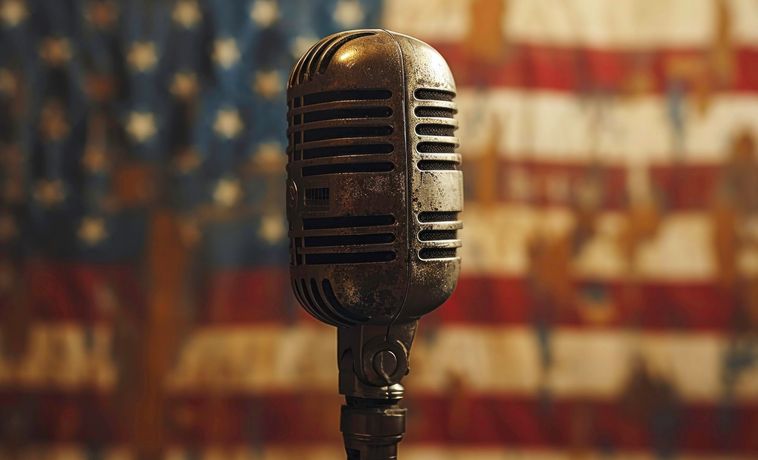Dating apps not best way to find soulmate — but still worth it, survey says.

Illustration: Adobe
Dating apps may not be the best way to find a soulmate – but why risk giving them up?
That’s how many Americans feel about dating apps on the eve of Valentine’s Day, according to a new Media and Technology survey from Boston University’s College of Communication and Ipsos.
Many more men (42%) and women (37%) either agreed or strongly agreed that “people can find their soulmates” on a dating app, than disagreed (men 16%, women 15%).
Younger respondent placed more confidence in dating apps: 58% of 18 to 34-year-olds surveyed agreed or strongly agreed, but support diminished with age (42% for 35 to 54-year-olds, and only 23% of those 55 and older). Just more than half of people who live in urban areas agreed, too.
Still, more Americans across all age groups disagreed (41%) than agreed (15%) with the notion that “dating apps are the best way to find a successful relationship these days.”
People lie on dating apps, say 62% of respondents, while only 6% disagreed. Also, twice as many respondents (35%) say artificial intelligence technology, now an important element of dating apps, does not lead to finding more successful relationships, compared to those who say it does (17%). An even greater majority of people agree (47%) versus disagree (9%) that dating apps are filled with too many chatbots, posing as people, to trust them.
“Though people feel soulmates may be hiding out on dating apps, they are hesitant to fully trust these technologies alone,” says Kathryn Coduto, an assistant professor at Boston University College of Communication whose recent research has focused on dating apps technology. “There’s not a great amount of trust in the people or the technology they are encountering in online dating spaces.”
Survey Summaries:
How much do you agree or disagree with the following statements? People can find their soulmates on a dating app.
Agree or Strongly Agree: 39% (42% men, 37% women)
Disagree or Strongly Agree: 16% (16% men, 15% women)
Neither Agree nor Disagree: 45% (42% men, 48% women)
How much do you agree or disagree with the following statements? Dating apps are the best way to find a successful relationship these days.
Agree or Strongly Agree: 15% (17% men, 13% women)
Disagree or Strongly Agree: 41% (38% men, 44% women)
Neither Agree nor Disagree: 44% (45% men, 43% women)
How much do you agree or disagree with the following statements? Dating apps that use AI, meaning computer-powered artificial intelligence, will lead to more successful relationships.
Agree or Strongly Agree: 17% (21% men, 13% women)
Disagree or Strongly Agree: 35% (31% men, 38% women)
Neither Agree nor Disagree: 49% (48% men, 50% women)
How much do you agree or disagree with the following statements? Dating apps are filled with too many machines posing as real people (known as chatbots) to be trusted.
Agree or Strongly Agree: 47% (50% men, 44% women)
Disagree or Strongly Agree: 9% (8% men, 10% women)
Neither Agree nor Disagree: 45% (43% men, 46% women)
How much do you agree or disagree with the following statements? Most people lie on dating apps.
Agree or Strongly Agree: 62% (58% men, 65% women)
Disagree or Strongly Agree: 6% (6% men, 5% women)
Neither Agree nor Disagree: 33% (36% men, 30% women)
About the Media & Technology Survey:
The Media & Technology Survey is an ongoing project of the Communication Research Center (CRC) at Boston University’s College of Communication, in partnership with Ipsos, the market research company. This month’s poll was conducted in English on February 6-7, 2024, using Ipsos eNation Omnibus, a nationally representative online survey that measures attitudes and opinions of 1,005 adults across the United States. This online survey has a credibility interval (CI) of plus or minus 3.5 percentage points. The data were weighted to the U.S. population data by region, gender, age and education. Statistical margins of error are not applicable to online polls. All sample surveys and polls may be subject to other sources of error, including, but not limited to coverage error and measurement error.



